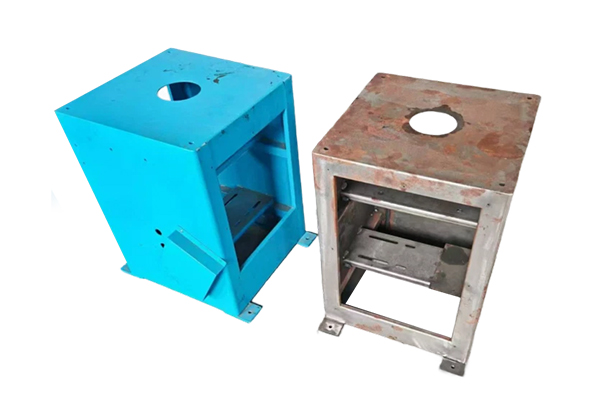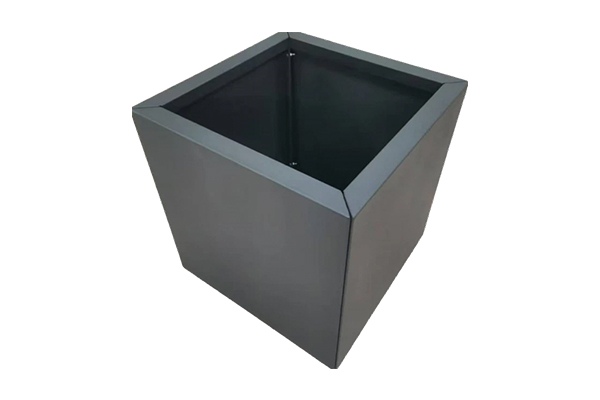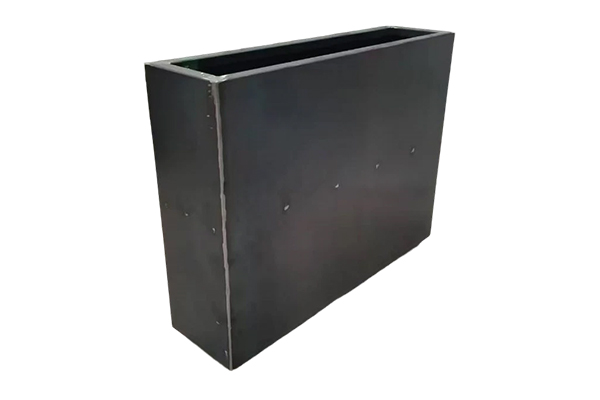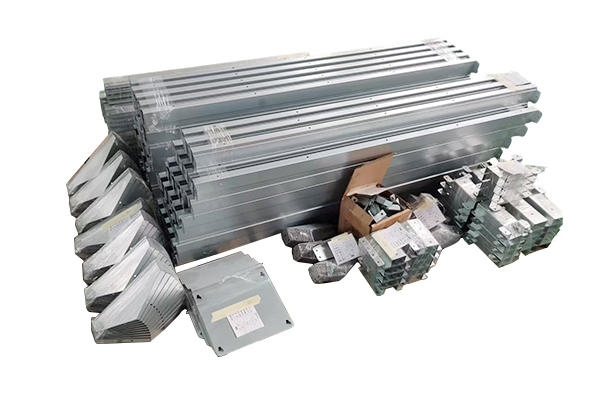Are the drainage holes of outdoor metal flower pots easily clogged after long-term use?
Release Time : 2025-08-11
Whether the drainage holes of outdoor metal flower pots are prone to clogging after long-term use depends on a variety of factors. Metal, with its inherently smooth and hard surface, is less prone to debris and aging than clay or plastic flower pots, which reduces the potential for clogging. However, this does not mean that the drainage holes are completely immune to clogging, as clogging often stems from the external environment and accumulation during daily maintenance.
Daily watering and rainwater wash away fine particles from the soil. These fine particles, carried by the water flow, tend to gradually settle around the drainage holes. Especially when the soil used in the flower pots is heavy and sticky, or when the potting soil has not been changed for a long time, the colloidal particles in the soil are more likely to seep with water and gradually clog the drainage holes. Furthermore, root fragments and withered leaf debris from plants during growth can accumulate in the drainage holes, affecting drainage over time.
Natural factors in the outdoor environment can also increase the risk of drainage hole clogging. For example, fallen leaves, dust, and weed seeds from the garden can be blown into the flower pots by the wind or carried into the drainage holes by rainwater. If the flower pots are placed near grass or shrubs, more fallen plant debris will accumulate, and over time, this can lead to partial or even complete blockage of the drainage holes. Frequent rainfall, especially during rainy seasons, can accelerate the accumulation of these impurities in the drainage holes.
Drainage hole patency is significantly affected by maintenance practices. Failure to protect the drainage holes during planting, such as using expanded clay, gravel, or a filter, allows soil to come into direct contact with the holes, leading to loss of fine soil and subsequent clogging. Furthermore, failing to clean debris from the bottom of the flower pots or promptly clearing the drainage holes during repotting can further exacerbate the problem. Regularly inspecting and cleaning the area around the drainage holes can effectively reduce the risk of blockage.
The growth of the plant's roots can also be linked to drainage hole blockage. Some plants have vigorous root systems that extend toward the drainage holes. Small, fibrous roots may grow through the holes and outward. Over time, these roots can become tangled around the holes. While this won't completely block the drainage holes, it can affect water flow. Especially when the roots age and wither, the remaining roots can become a carrier for impurities, indirectly leading to poor drainage.
The design of the metal flower pot also has a certain impact. If the drainage holes are too hidden or too small, they are more likely to accumulate impurities. Larger, more prominent holes with ample space around them are less likely to clog, allowing water to drain more smoothly and reducing the chance of impurities being trapped. Furthermore, some metal flower pots have a tray at the bottom. If accumulated water in the tray is not promptly removed, it can cause reverse seepage, leading to moisture around the drainage holes and accelerating the accumulation of impurities.
Drain holes in outdoor metal flower pots can become clogged after long-term use, but this is not inevitable. Effective measures such as choosing the right soil, protecting the drainage holes, and regularly cleaning and inspecting for clogging can effectively reduce the risk of clogs. As long as you pay a little attention in daily maintenance and deal with factors that may cause blockage in time, the drainage holes of metal flower pots can remain unobstructed for a long time, providing a good environment for plant growth.







